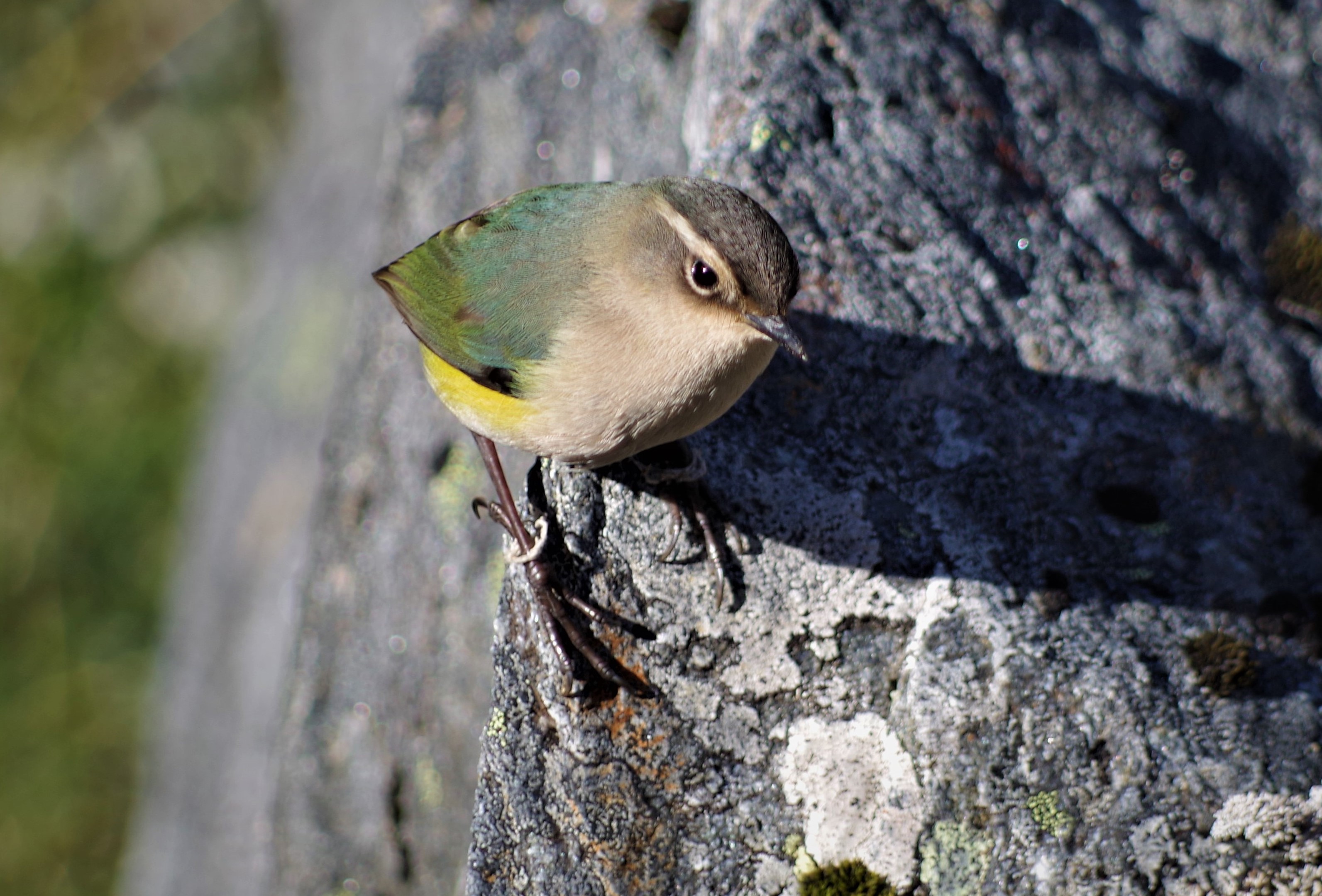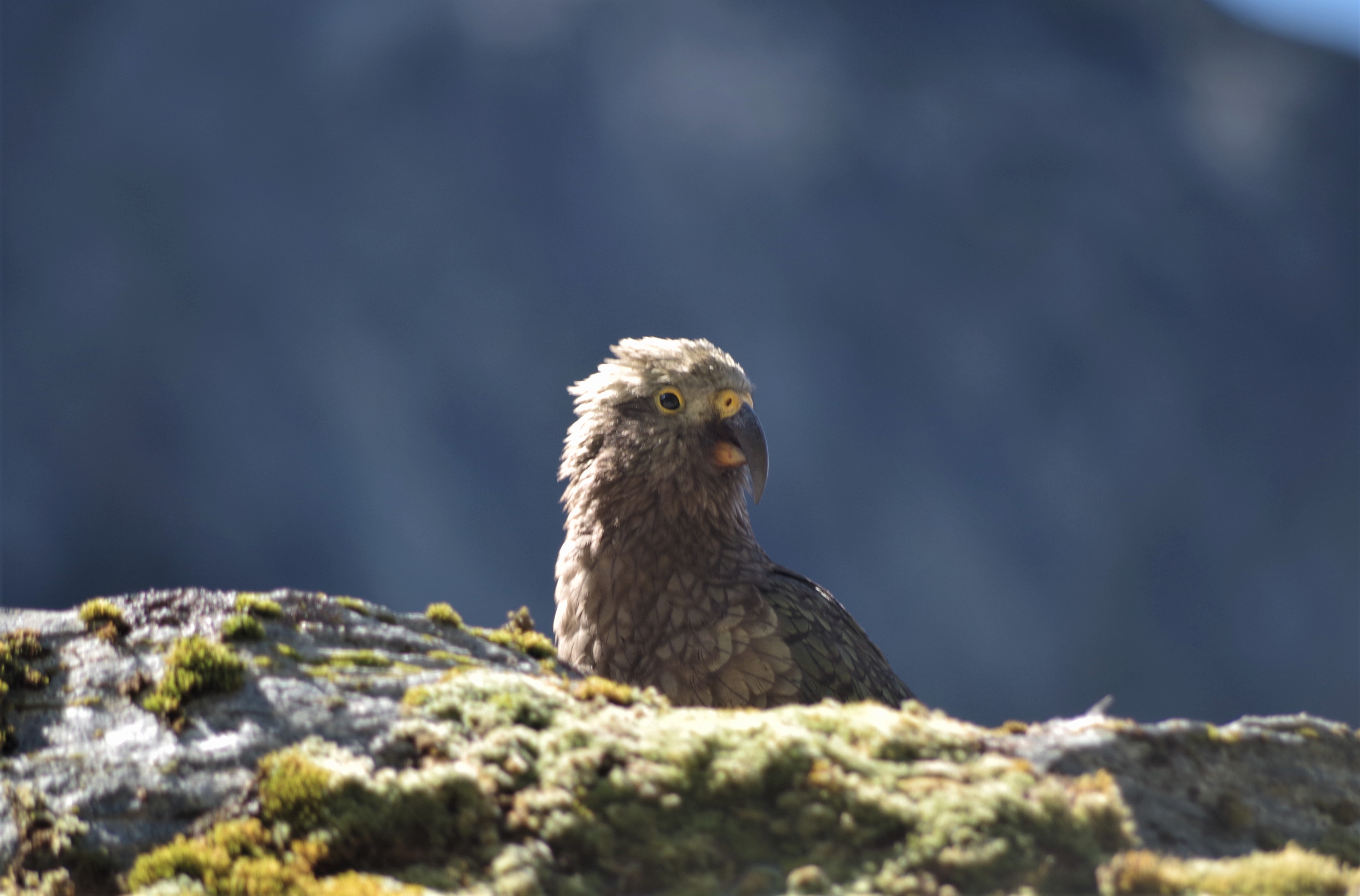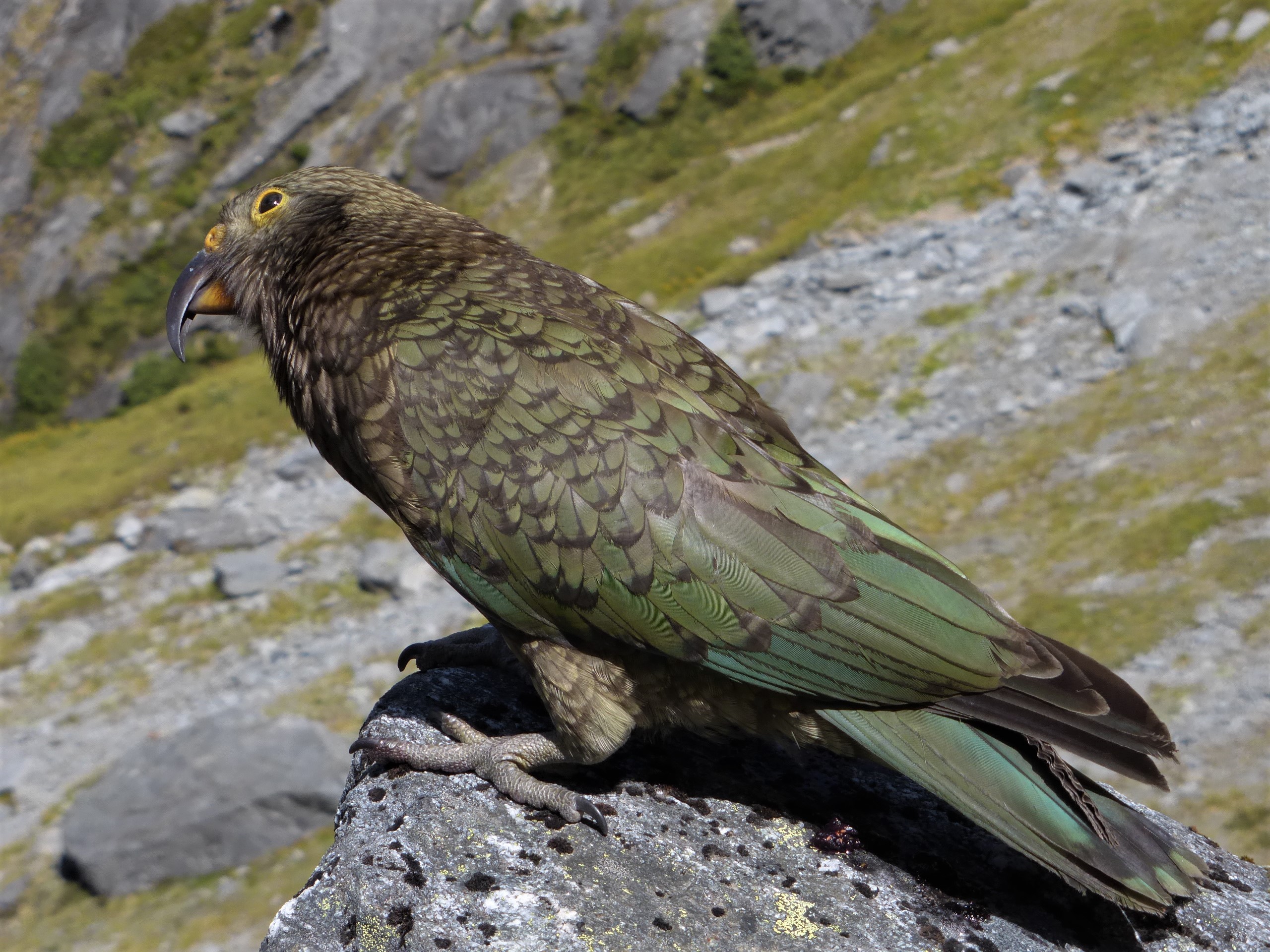
The implementation of ABT’s Makarora Braided River Bird Invasive Predator Control Strategy commenced this weekend (7-8 April). A team of amazing volunteers helped deploy a number of invasive mammal traps along 15 km of the Makarora River. Trap locations and deployment was informed by previous braided river bird monitoring undertaken during the 2017/2018 survey season and existing information on the movement of invasive mammalian predators (capable of decimating indigenous bird life) such as stoat, rat and hedgehog.
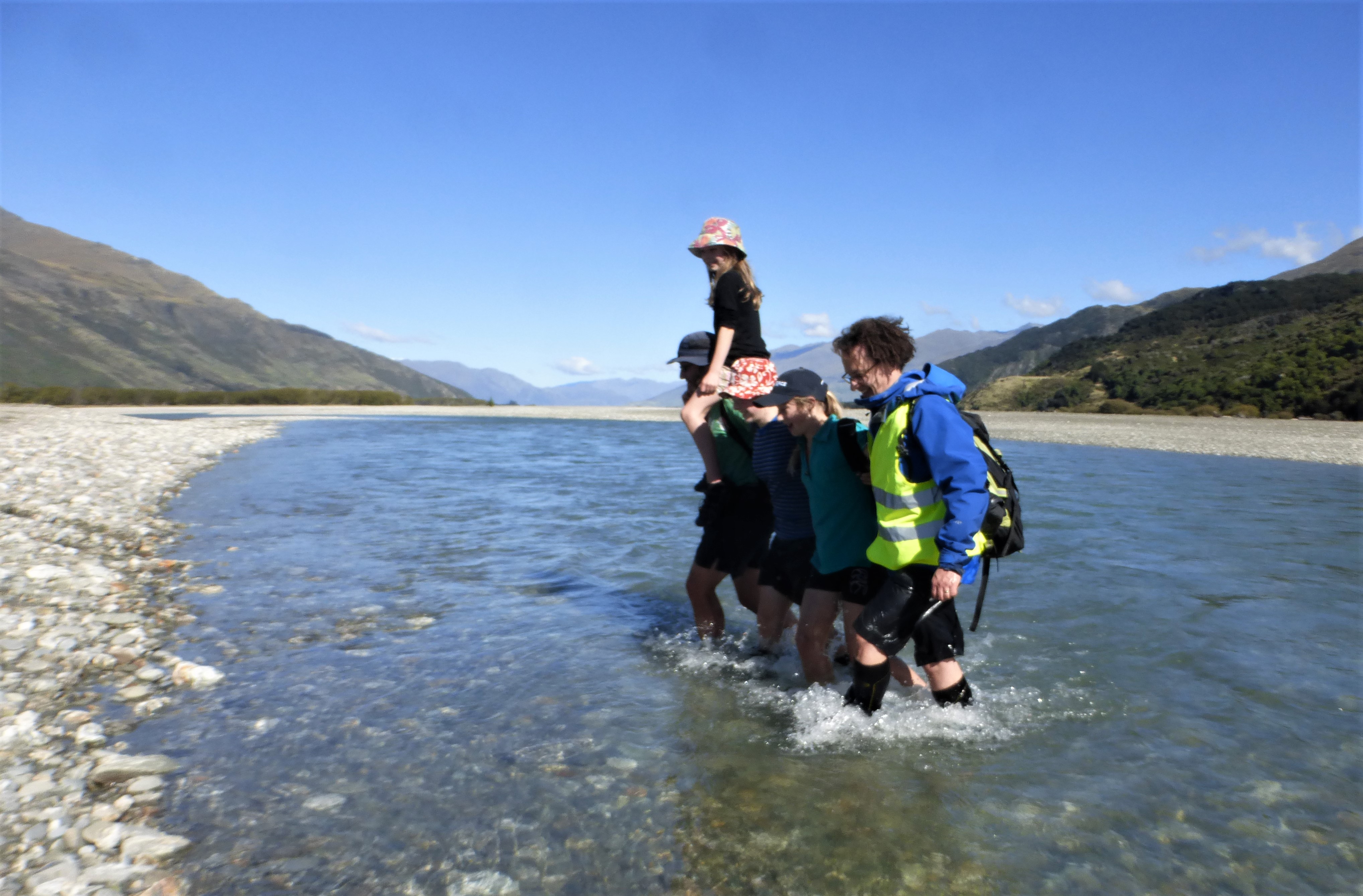
Volunteers keen to help indigenous wildlife included local Makarora residents, members of Makarora School and nearby residents of Lake Hawea.

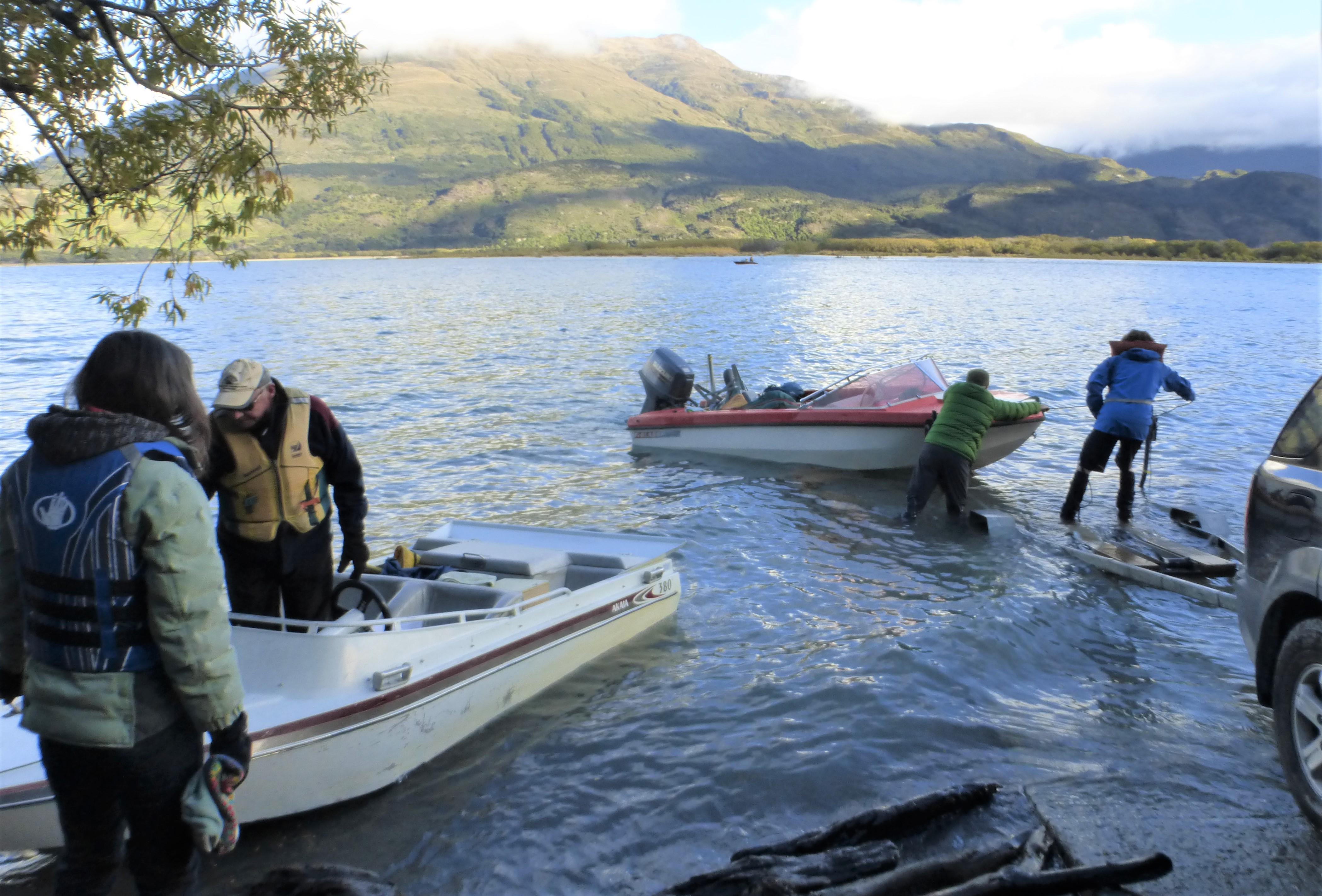
The day began with loading up of traps on two boats, one a jet boat with an experienced captain Rod Elliott and partner Jos Mclean. Following a jet boat ride to the far side of the river, volunteers were loaded up with traps for particular designated areas and equipped with a GPS. Traps were then securely staked, marked with coloured triangles and numbered to aid future maintenance.


Following a trap setting demonstration and health and safety talk, traps were baited and sett according to recognised best practice.
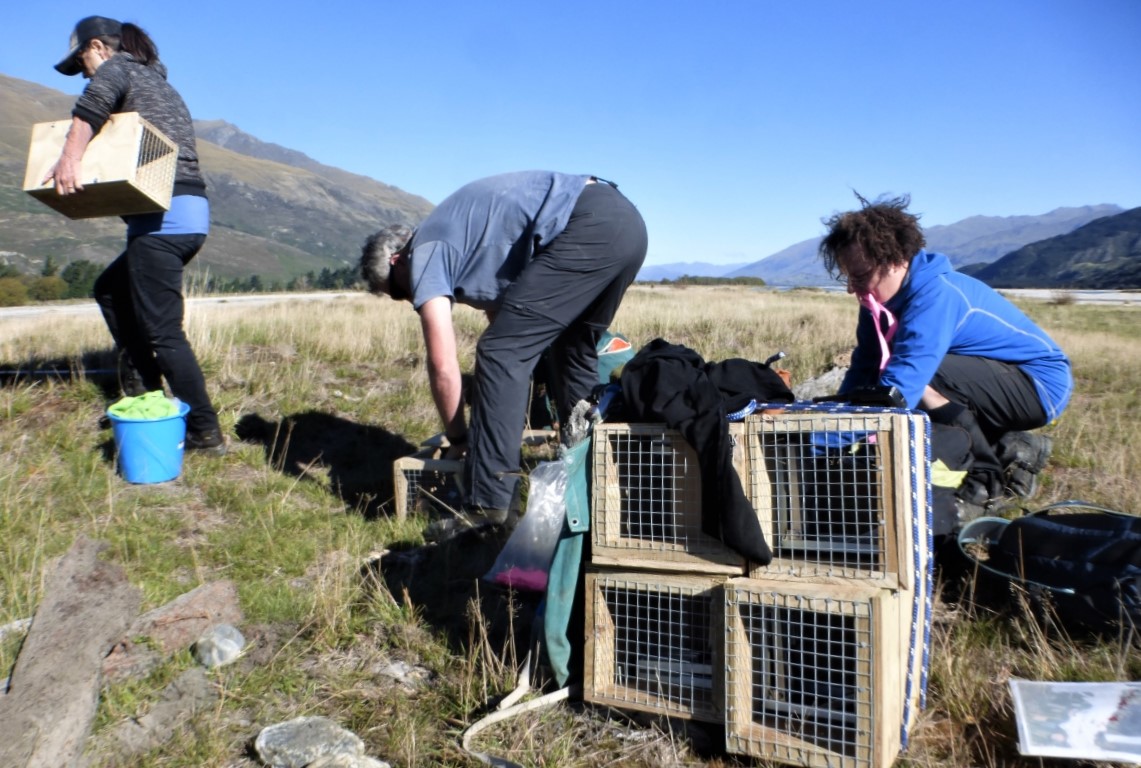
The installation and maintenance of the Makarora braided river trapping network aims to help control invasive mammalian predator numbers so that endangered braided river birds such as wrybill, black-fronted tern, banded dotterel and black-billed gull can nest and successfully raise their chicks without being predated. In the longer term a noticeable increase in braided river bird restoration is desired.
Further traps are to be deployed and monthly trap maintenance will be ongoing during the non-breeding season with more frequent checks during the bird nesting season (spring/summer). Volunteers welcome!
Acknowledgements
Thanks go to all our volunteers. ORC. Also, BRaid for DoC 200 trap supply and production, bait donations from Hawea Flat egg suppliers, discounted radios from Hunting and Fishing Central Otago, waratahs from DoC Wanaka and support from Wilkin River Jets and Mt Albert Station.



